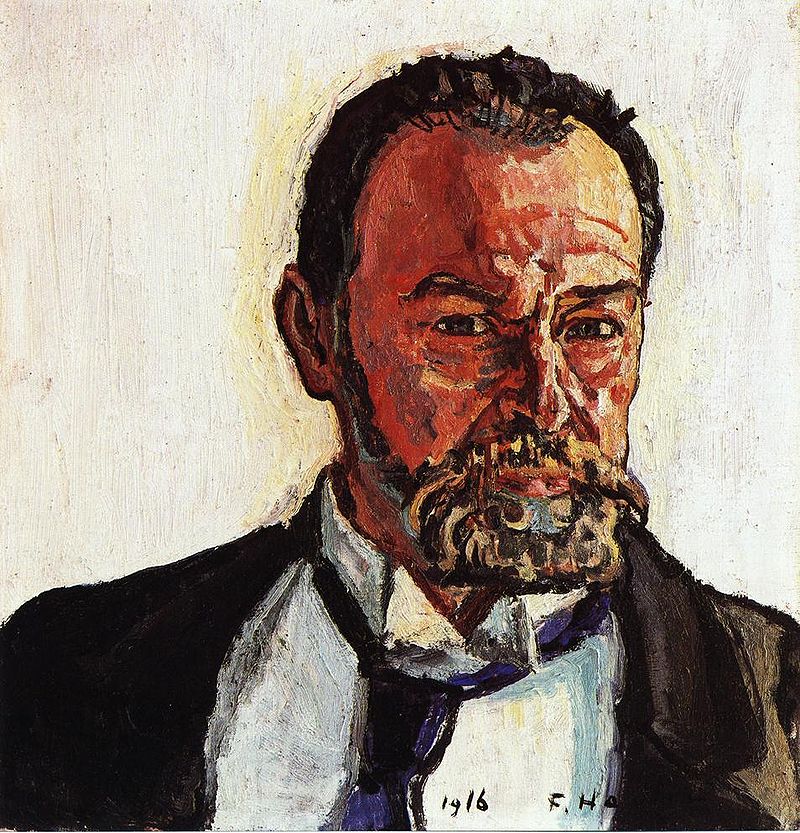Hodler was born in Bern, the eldest of six children. His father, Jean Hodler, made a meager living as a carpenter; his mother, Marguerite (née Neukomm), was from a peasant family. By the time Hodler was eight years old, he had lost his father and two younger brothers to tuberculosis. His mother remarried, to a decorative painter named Gottlieb Schüpach who had five children from a previous marriage. The birth of additional children brought the size of Hodler's family to thirteen.
The family's finances were poor, and the nine-year-old Hodler was put to work assisting his stepfather in painting signs and other commercial projects. After the death of his mother from tuberculosis in 1867, Hodler was sent to Thun to apprentice with a local painter, Ferdinand Sommer. From Sommer, Hodler learned the craft of painting conventional Alpine landscapes, typically copied from prints, which he sold in shops and to tourists.quinta-feira, março 14, 2024
Ferdinand Hodler nasceu há cento e setenta e um anos
Postado por
Fernando Martins
às
17:10
0
bocas
![]()
Marcadores: Ferdinand Hodler, pintura, Simbolismo, Suiça
terça-feira, março 14, 2023
Ferdinand Hodler nasceu há cento e setenta anos
Hodler was born in Bern, the eldest of six children. His father, Jean Hodler, made a meager living as a carpenter; his mother, Marguerite (née Neukomm), was from a peasant family. By the time Hodler was eight years old, he had lost his father and two younger brothers to tuberculosis. His mother remarried, to a decorative painter named Gottlieb Schüpach who had five children from a previous marriage. The birth of additional children brought the size of Hodler's family to thirteen.
The family's finances were poor, and the nine-year-old Hodler was put to work assisting his stepfather in painting signs and other commercial projects. After the death of his mother from tuberculosis in 1867, Hodler was sent to Thun to apprentice with a local painter, Ferdinand Sommer. From Sommer, Hodler learned the craft of painting conventional Alpine landscapes, typically copied from prints, which he sold in shops and to tourists.
Postado por
Fernando Martins
às
00:17
0
bocas
![]()
Marcadores: Ferdinand Hodler, pintura, Simbolismo, Suiça
segunda-feira, março 14, 2022
Ferdinand Hodler nasceu há 169 anos
Postado por
Fernando Martins
às
16:09
0
bocas
![]()
Marcadores: Ferdinand Hodler, pintura, Simbolismo, Suiça
domingo, março 14, 2021
Ferdinand Hodler nasceu há 168 anos
Postado por
Fernando Martins
às
16:08
0
bocas
![]()
Marcadores: Ferdinand Hodler, pintura, Simbolismo, Suiça
quarta-feira, março 14, 2018
O pintor suiço Ferdinand Hodler nasceu há 165 anos
Postado por
Fernando Martins
às
16:50
0
bocas
![]()
Marcadores: Ferdinand Hodler, pintura, Simbolismo, Suiça





